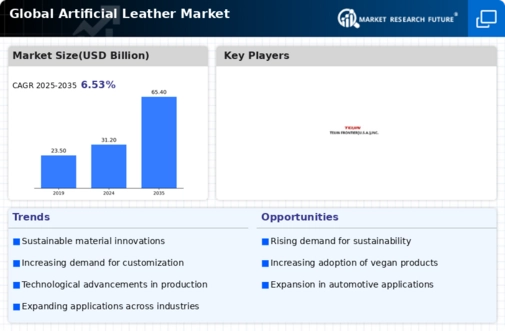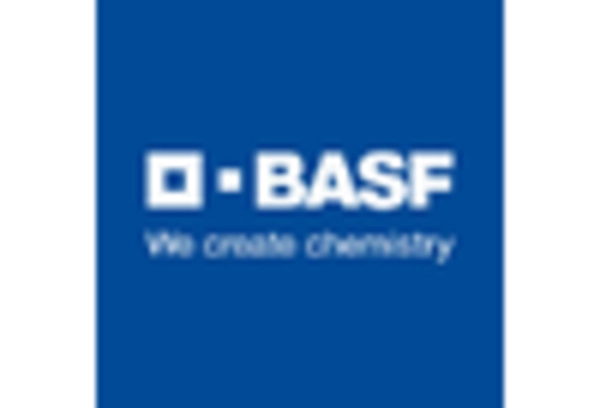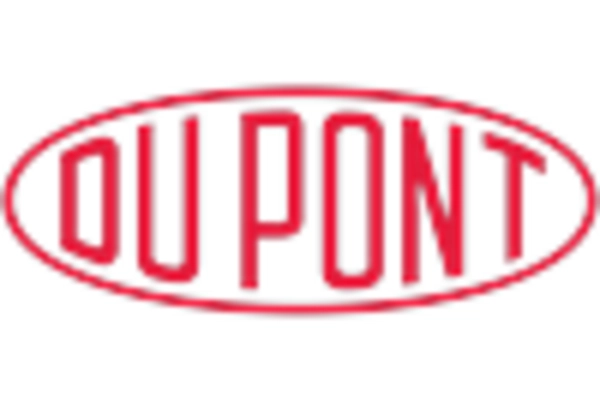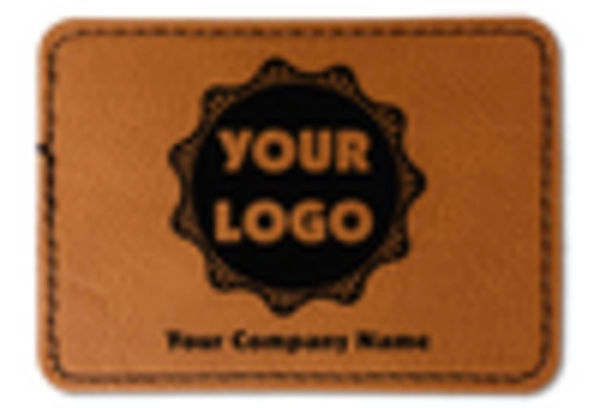The Artificial Leather market is characterized by the presence of , regional, and local players. The market is highly consolidated, with all the players competing to gain significant market share. The key market players of Artificial Leather compete based on cost, product quality, availability of raw materials, and durability of the product. They are engaged in expanding their production capacity and investing in R&D activities to gain an edge over competitors. Furthermore, the growing popularity of Artificial Leather in smart electronics and electric vehicles is expected to offer lucrative opportunities to manufacturers in the coming years.
However, scarcity of raw materials is expected to hinder the growth of the market studied significantly.
Additionally, the adoption of various strategies by Artificial Leather industry such as expansion, R&D, agreements, acquisitions, collaborations, and investments is expected to help these players to gain maximum revenue and long-term growth during the review period. The key participants in the Artificial Leather market are Kuraray Co. Ltd, H.R. Polycoats Pvt. Ltd, Alfatex Italia SRL, Filwel Co. Ltd, Yantai Wanhua Synthetic Leather Group Co. Ltd, San Fang Chemical Industry Co. Ltd, Mayur Uniquoters Limited, Nan Ya Plastics Corporation, Zhejiang Hexin Industry Group Co.
Ltd, Teijin Limited, DuPont Tate & Lyle Bio Products Company, LLC, Gruppo Mastrotto SPA, Asahi Kasei Corporation, Toray Group.
Kuraray Co. Ltd (Kuraray) is a manufacturer and supplier of plastics, chemicals, elastomers and rubber, fabric, nonwoven fabric, manmade leather, hook and loop fasteners, and materials and products used in the dental industry. The company operates through six business segments, namely isoprene, vinyl acetate, functional materials, trading, fibers and textiles, and other business. The company sells its manmade leather products which could be used in accessories, garment, shoes, bags, consumer electronics, and furniture. It sells its products in various countries including Japan, China, Belgium, Germany, America, and Singapore.
Also, ContiTech AG (ContiTech) is a multinational producer and distributor of products, systems, and functional parts which are made from rubber, metal, polyamide, textile, and electronic components for plant and machine engineering, automotive industry, mining, and other industries. The company mainly has two groups which under which its sales all its products which are the rubber group and the automotive group. The rubber group is further sub-divided into Tires and ContiTech. The ContiTech division is further segmented into seven units. Under its surface solutions ContiTech provides its synthetic leather products.
The company has its presence across 544 locations and in over 60 countries, across regions including North America, Europe, Asia Pacific, and Latin America.


















Leave a Comment